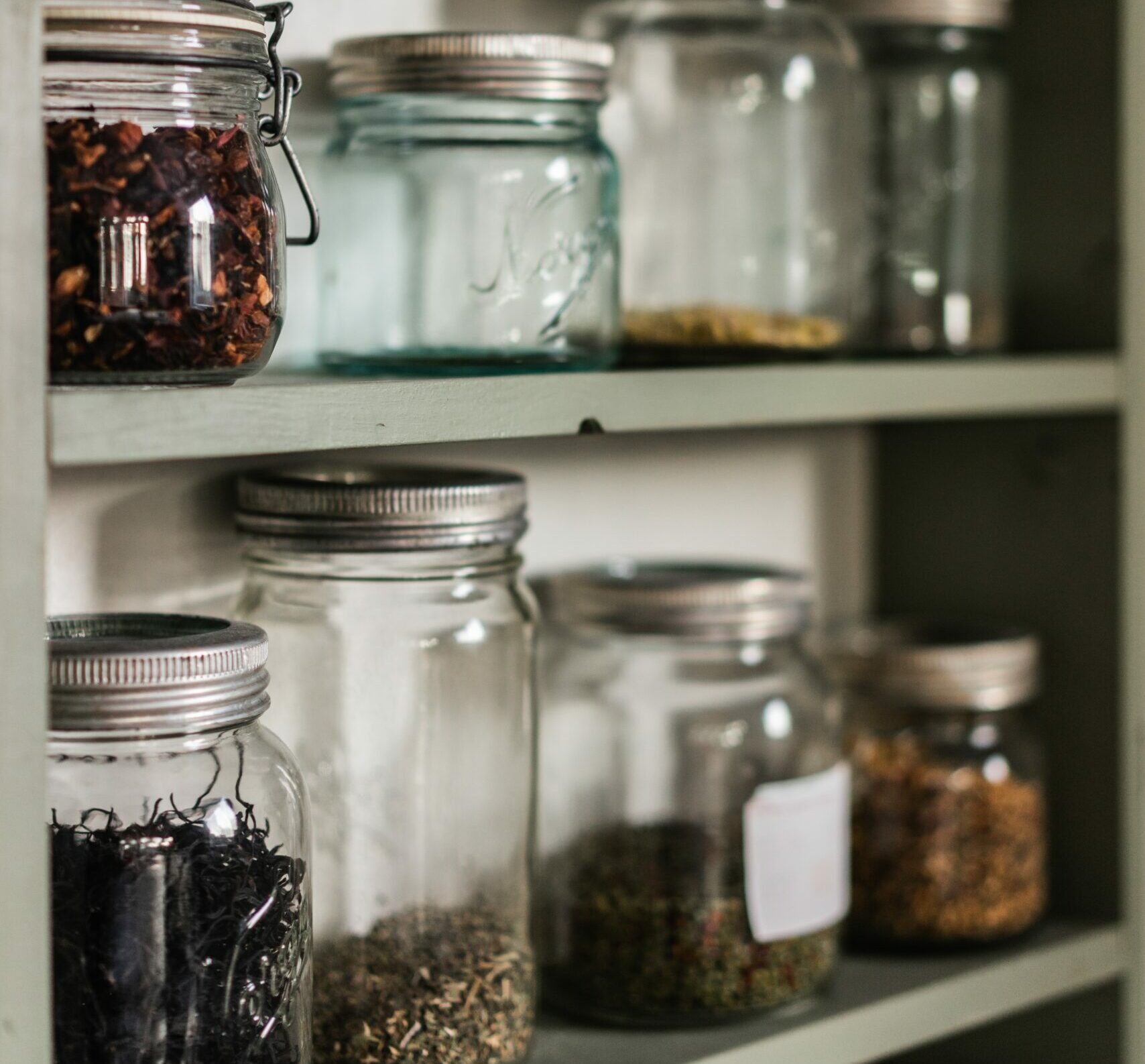News
Interview | Microplastics seep into our water and our bodies. These products may help
Microplastics are ubiquitous in our environment, but experts say we can take steps to reduce our exposure.
For half a century, humans have incorporated plastic into every aspect of our lives, from kids’ toys to food packaging. Yet 91% of plastic doesn’t get recycled, ending up in landfills and the ocean, where it breaks into tiny particles called microplastics. Over the past five years, scientists have discovered microplastics in dust, fruit, drinking water, rain, and the atmosphere. They’ve also been found in human lung tissue and bloodstreams, as well as in infants’ bodies.
Fast Company interviewed Dick Vethaak on what this means for our health and, more importantly, how we can work on reducing our own plastic consumption.



